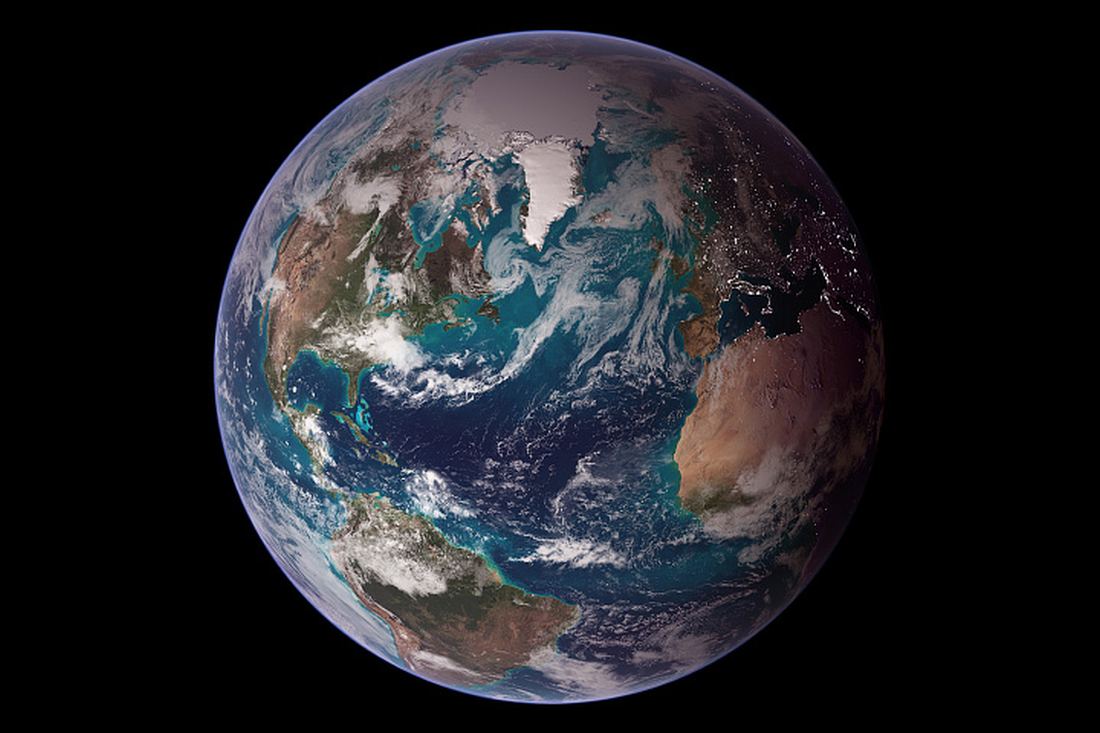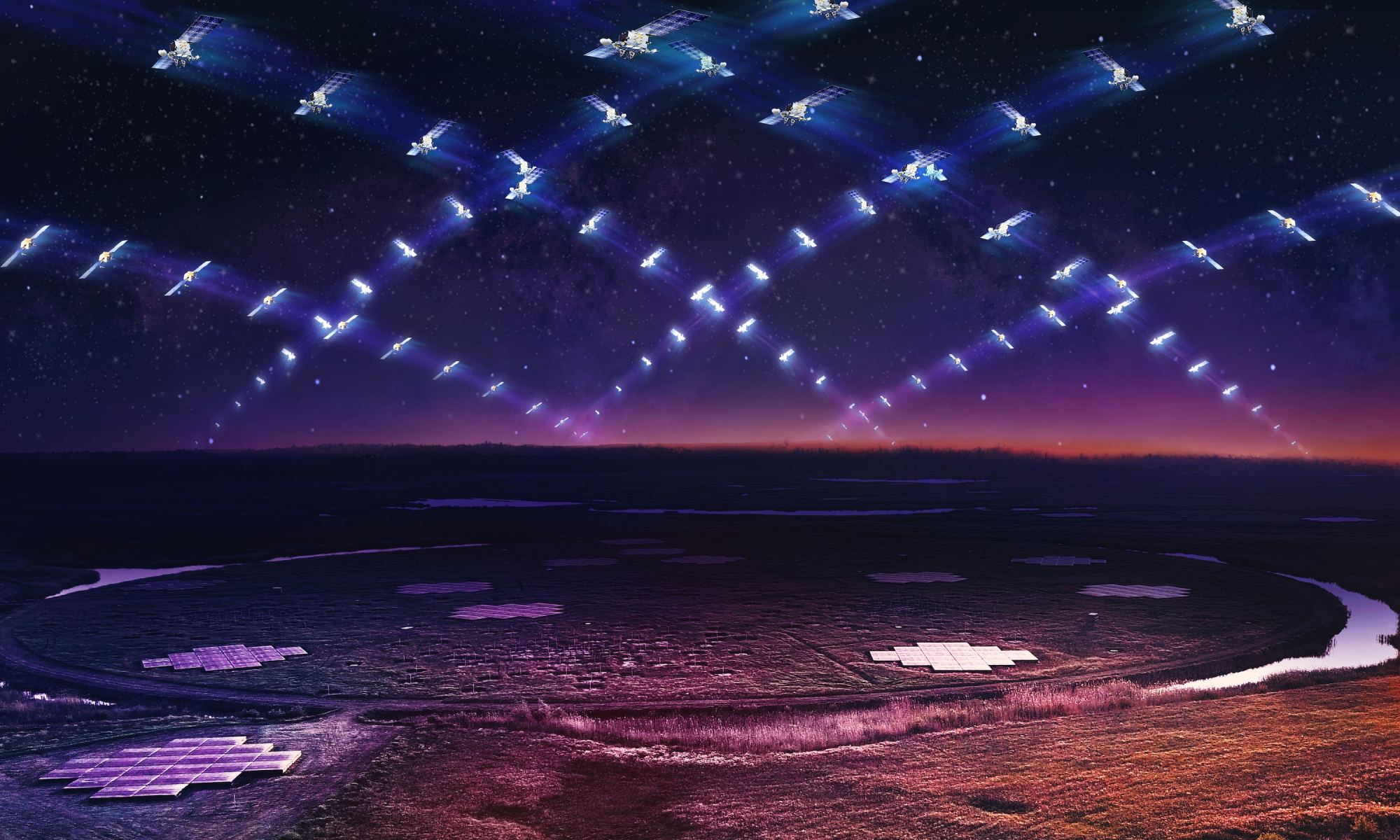Global internet access does seem like a worthy enterprise yet the rise of satellite megaconstellations there is a danger of the night sky becoming ruined. Astronomers the world over are keeping an eye on the impact these satellites are having on the night sky. Until recently the concerns have been relating to the reflection of visible light against the sky hindering night time observations. A recent study shows that the second-generation Starlink satellites leak 32 times the radio signal than the previous models. Are their presence putting at risk the radio sky now too?
Continue reading “Second Generation Starlinks are 32 Times Brighter in Radio Wavelengths”There’s Water All Over the Moon

When you look at the Moon, you don’t see any water on its surface. That doesn’t mean there isn’t any. In fact, there’s a lot of “wetness” on the Moon, but it’s in places and forms we can’t see. Understanding where all those resources are is the subject of a study based on NASA’s Moon Mineralogy Mapper (M3) data taken from aboard the Chandrayaan-1 spacecraft.
Continue reading “There’s Water All Over the Moon”Io’s Volcanoes are Windows into its Hot Interior

NASA’s Juno spacecraft was sent to Jupiter to study the gas giant. But its mission was extended, giving it an opportunity to study the unique moon Io. Io is the most volcanically active body in the Solar System, with over 400 active volcanoes.
Researchers have taken advantage of Juno’s flybys of Io to study how tidal heating affects the moon.
Continue reading “Io’s Volcanoes are Windows into its Hot Interior”Could Stars Hotter Than the Sun Still Support Life?

Although most potentially habitable worlds orbit red dwarf stars, we know larger and brighter stars can harbor life. One yellow dwarf star, for example is known to have a planet teaming with life, perhaps even intelligent life. But how large and bright can a star be and still have an inhabited world? That is the question addressed in a recent article in the Astrophysical Journal.
Continue reading “Could Stars Hotter Than the Sun Still Support Life?”Slime Mold Can Teach Us About the Cosmic Web

Computers truly are wonderful things and powerful but only if they are programmed by a skilful mind. Check this out… there is an algorithm that mimics the growth of slim mold but a team of researchers have adapted it to model the large scale structure of the Universe. Since the Big Bang, the universe has been expanding while gravity concentrates matter into galaxies and clusters of galaxies. Between them are vast swathes of empty space called voids. The structure, often referred to as the cosmic web.
Continue reading “Slime Mold Can Teach Us About the Cosmic Web”Plants Would Still Grow Well Under Alien Skies

Photosynthesis changed Earth in powerful ways. When photosynthetic organisms appeared, it led to the Great Oxygenation Event. That allowed multicellular life to evolve and resulted in the ozone layer. Life could venture onto land, protected from the Sun’s intense ultraviolet radiation.
But Earth’s photosynthetic organisms evolved under the Sun’s specific illumination. How would plants do under other stars?
Continue reading “Plants Would Still Grow Well Under Alien Skies”The Polaris Dawn Crew is Back on Earth

On September 15th, 2024, the Polaris Dawn crew returned to Earth after spending five days in orbit. The mission was the first of three planned for the Polaris program, a private space project to advance human spaceflight capabilities and raise funds and awareness for charitable causes. The mission’s Dragon spacecraft safely splashed down off the coast of Florida at 3:36:54 a.m. EDT (12:36:54 p.m. PDT). Once their spacecraft was retrieved, the crew was flown to the Kennedy Space Center to see their families and undergo medical examinations before traveling to Houston to complete more of the mission’s studies.
Continue reading “The Polaris Dawn Crew is Back on Earth”Building a Worldwide Map of Light Pollution
As someone that has always lived in the UK countryside I am no stranger to the glory of a dark star-filled sky. Sadly 60% of the world’s population has already lost access to the night sky thanks to light pollution. Across Europe and the US that number climbs to nearer 80%. A team of researchers want to try and track the growth of light pollution and to that end have developed an inexpensive sensor made from “off-the-shelf” parts. Their hope is that people around the world will build and install these sensors to share their data enabling them to track the spread of light pollution. If you’ve got technical skills, this could be a fun project.
Continue reading “Building a Worldwide Map of Light Pollution”Life Might Thrive on the Surface of Earth for an Extra Billion Years

The Sun is midway through its life of fusion. It’s about five billion years old, and though its life is far from over, it will undergo some pronounced changes as it ages. Over the next billion years, the Sun will continue to brighten.
That means things will change here on Earth.
Continue reading “Life Might Thrive on the Surface of Earth for an Extra Billion Years”Exoplanets Could be Hiding Their Atmospheres
Most of the exoplanets we’ve discovered orbit red dwarf stars. This isn’t because red dwarfs are somehow special, simply that they are common. About 75% of the stars in the Milky Way are red dwarfs, so you would expect red dwarf planets to be the most abundant. This also means that most habitable worlds are going to orbit these small, cool stars, and that has some significant consequences for our search for life.
Continue reading “Exoplanets Could be Hiding Their Atmospheres”


